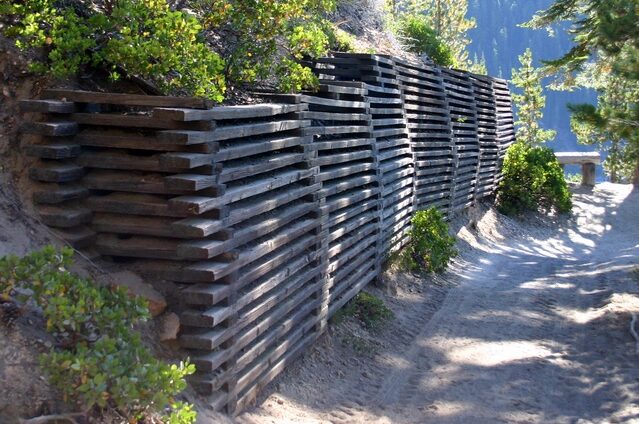
Landscaping 101: Understanding the 4 Types of Retaining Walls
Landscaping can be a fun and exciting way to utilise your property’s outdoor spaces. Anything from building a patio to making a multi-layered pond and fountain can reinvigorate your home’s curb appeal. Like any construction project, it’s necessary to know what installations you need to place for your design. Understanding your different options will help you make the right choices for your landscaping’s direction.
The different retaining walls for your hardscaping project
Landscaping has two different types: softscaping and hardscaping. Softscaping is the management of horticultural elements like growing plants, trimming shrubs, and mowing lawns. To complement these are hardscaping, which involves the non-living components of a lawn, from pavers paths to retaining walls. The scope of your hardscaping project will vary, depending on what you want to build. For this reason, it’s necessary to understand the differences between these structures to achieve your vision for your lawn.
In this article, we will discuss four types of retaining walls for your landscaping projects.
1. Gravity retaining walls
Gravity retaining walls use their own weight to hold back soil through battering, with a thick base and an angled backwards lean. These are excellent for making multi-tiered landscaping installations. However, you must be mindful of its load. Taller retaining walls will need an appropriate allowance of a concrete footer to support its mass.
Smaller gravity retaining walls are easy to build yourself, with either timber, concrete, stone or brick. However, larger walls will need a professional landscaper to build. Trying to do it for yourself can cause its bend to bend sooner over time and will require frequent replacements. If you plan to build anything taller than one metre, it’s necessary to hire a structural engineer to ensure its stability.
2. Reinforced retaining walls
These hardscaping retaining walls use a “T” or “L”-shaped footing under the soil to support its construction. It’s the most common type that building contractors use to accommodate heavy loads. It’s not common for residential purposes unless you need to install something as high as 10 metres tall.
It generally needs to pair with a brick or concrete retaining wall to complement its reinforced concrete or steel formation. Since it uses less concrete, it requires more design and planning to account for weight balances and stability.
3. Anchored retaining walls
An anchored wall is your better option if you want to avoid the large space that gravity retaining walls tend to occupy. It uses cables to connect the bottom and top of the wall, making it much thinner and taller than other retaining wall types. It’s flexible enough to use timber or concrete, depending on your budget or lawn’s preference.
4. Sheet pile retaining walls
If you’re planning to build with softer soil, it’s best to use lighter materials. Sheet pile retaining walls use cables to tie together the wall to anchor it to the soil. It’s an excellent way to make minimal changes around your lawn’s surrounding properties. Embedding its anchor deep enough to the ground counteracts the force against your wall. Its evident downside is that sheet pile retaining walls need to depend on a taller structure if it has to be built taller.
Conclusion
Homeowners tend to forget about outdoor installations because they rarely get to appreciate their home’s exteriors. Although you may spend more time indoors, it’s necessary to strike a balance of making your home beautiful inside and out. With the help of a capable landscaping contractor, you can create a functional and aesthetic improvement to your outdoor spaces.
If you need landscape design services in Sydney, Australia, we can provide you with the help you need. We offer various landscaping services, from installing artificial turfs to building retaining walls. Contact us today to receive a free consultation!


Recent Comments